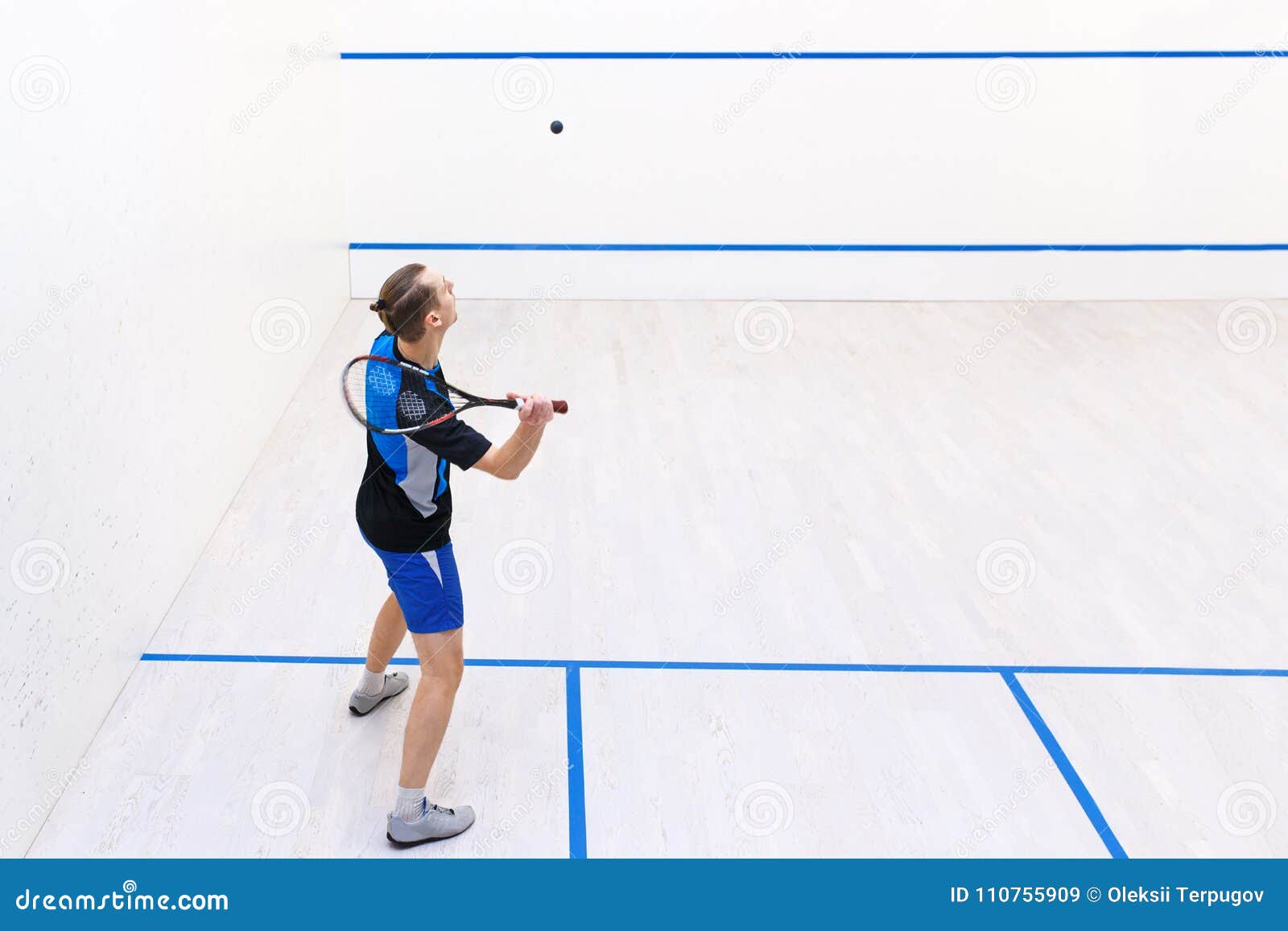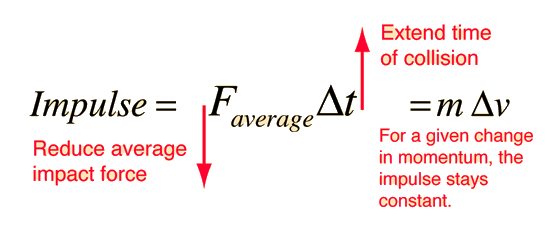Before you can even begin playing, you must first get the ball to have more bounce. This is done by hitting the ball with the racquet for a couple minutes, which gives the ball more kinetic energy by heating it up from the contact with the wall/ground. The reason the ball doesn't bounce as much before you warm it up is due to the loss of kinetic energy in the ball mostly which would be mostly in the form of thermal energy. Once you are able to get the ball moving with a high velocity, the ball squishes more against the floor/wall which means that the fraction of kinetic energy lost is greater compared to when the ball is not moving as much. When you hit the ball against a wall, you can figure out the force that it exerted on the wall by setting the impulse equal to the change in momentum. This looks like (Force times t) = (Mass times (Vf-Vo)). From here, if you know the time that the ball was in contact with the wall for, the mass of the ball, and the initial and final velocity of the ball during the collision, then you are able to calculate the force of the ball. Since mass times change in velocity equals change in momentum, then by finding the impulse of the ball you can also figure out the change in momentum of the ball since they are equal to each other.


No comments:
Post a Comment
Note: Only a member of this blog may post a comment.